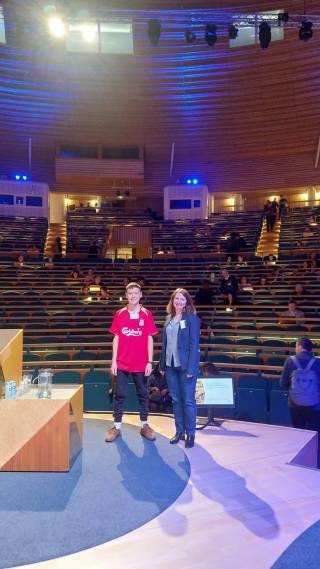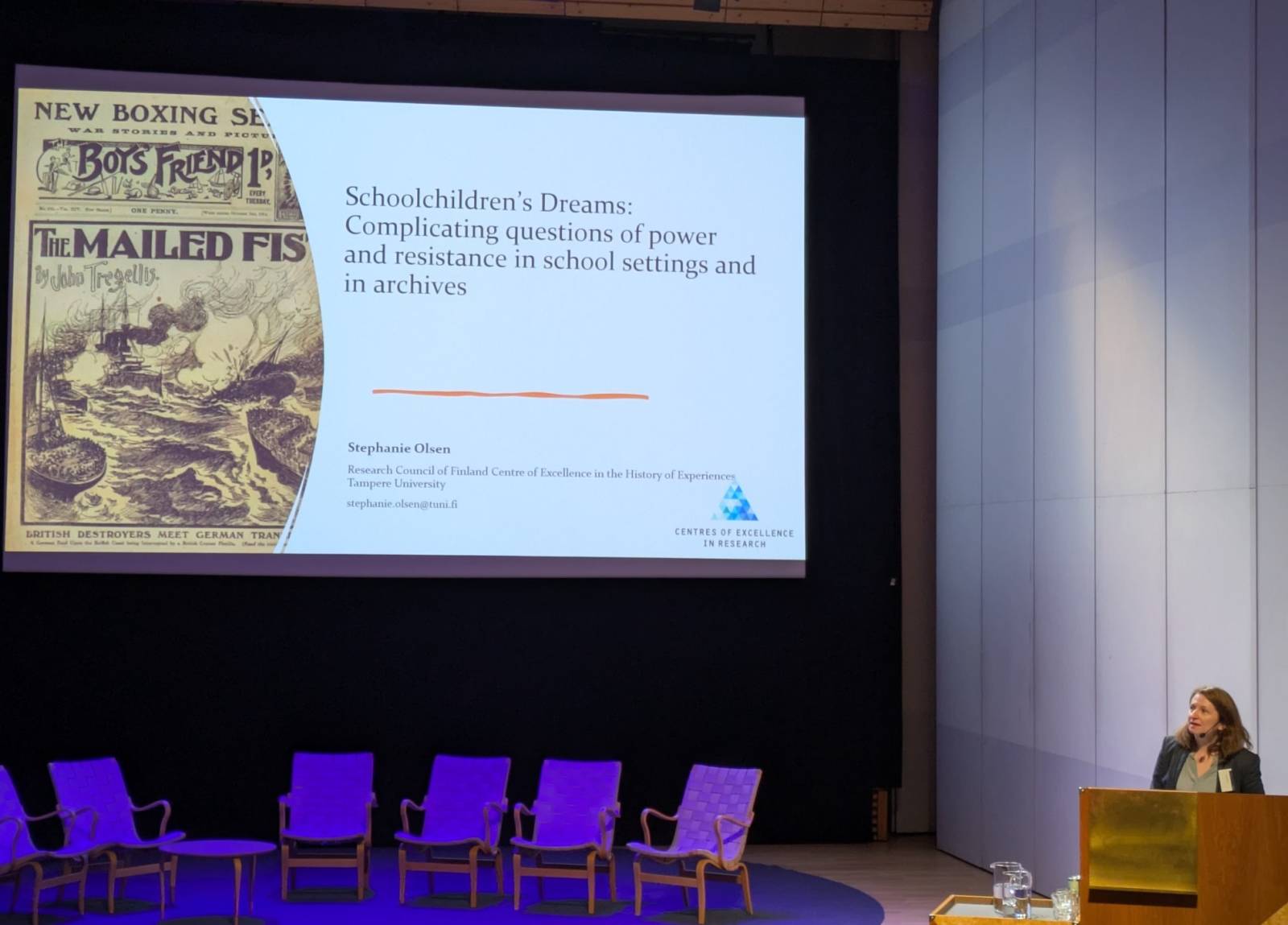Dr. Olsen’s keynote introduced a really thought-provoking question: how acts of resistance in dreams can challenge power structures in the real world. She connected this question to the history of education and showed how it continues to be relevant today.
One of the figures she discussed was Charles William Kimmins, who believed that dreams could reveal important insights into a child’s “attitude to life.” Kimmins also argued that “all educational means link to power,” which really stood out to me and made me think about how attitudes towards education have changed. Dr. Olsen used Kimmins’s ideas to show how children might be able to express resistance through their dreams, an idea that still feels important now, especially as young people today often have more freedom to challenge traditional expectations.
Dr. Olsen also talked about the importance of studying the history of emotions in education. She showed how archival material can give “clues about their educators and their experiences” and help uncover children’s perspectives, which are often ignored or overlooked. Using the work of Catherine Bridge, she explained that children’s emotions can be more direct and less influenced by society’s expectations than adults’. This was backed up by Mona Gleason’s point that children’s strong imaginations give them the power to challenge adult structures by becoming heroes in their own stories, which can sometimes lead to real change.
I found the idea of using children’s dreams as historical sources really interesting, but also quite challenging. Dreams are personal and sometimes strange, and it must be hard for historians to interpret what they meant to the children who experienced them. I imagine there is a risk of reading too much into them or seeing what we want to see. Still, Dr. Olsen showed how carefully studying these dreams can open up new ways of understanding how young people think and feel, especially when other sources leave them out.
As someone not much older than the children in some of the examples, I could relate to the idea that young people have their own ways of seeing the world, and that these perspectives can be powerful. It made me think differently about how history is often told and whose voices are heard.
Overall, I found Dr. Olsen’s keynote really inspiring. It showed that young people’s dreams and emotions are not just private but can actually shape how they resist and change the world around them. I learned a lot and it made me more curious about how history and education come together in ways that still matter today.



